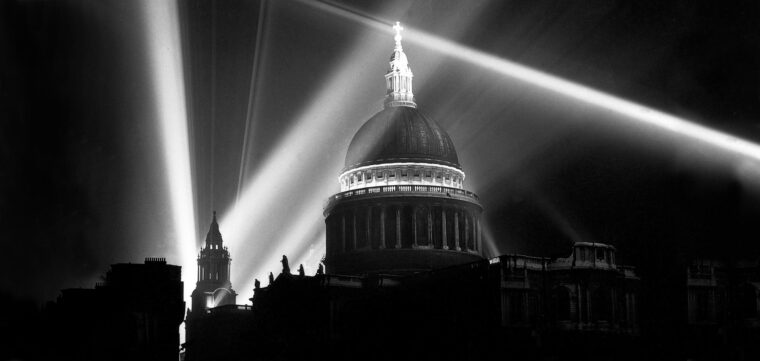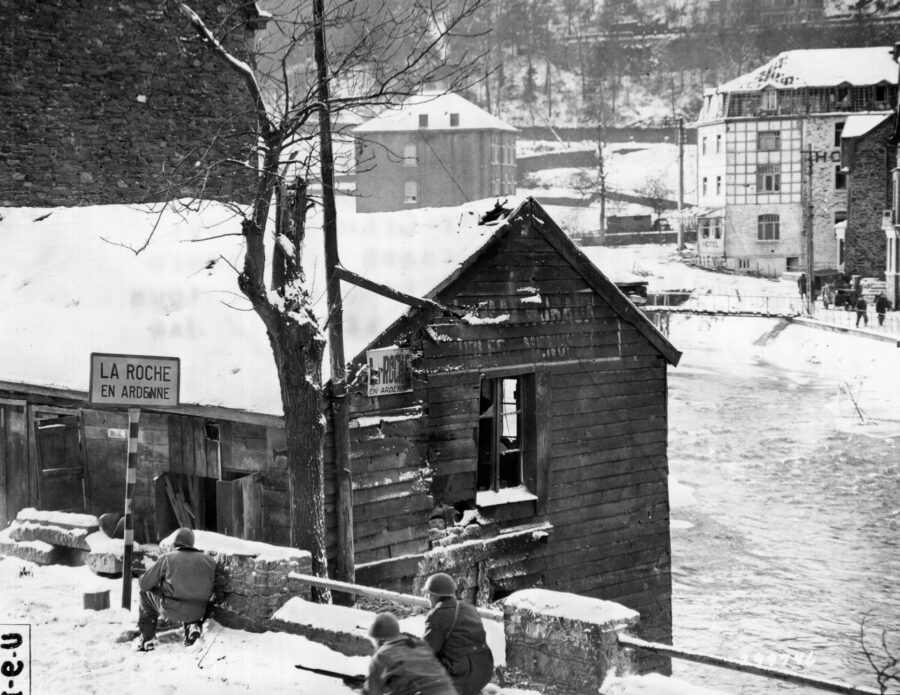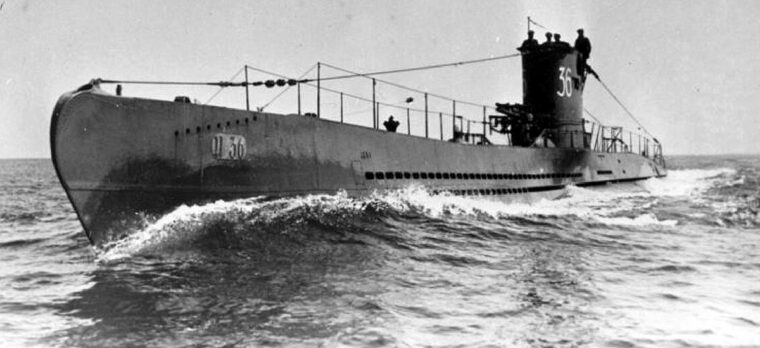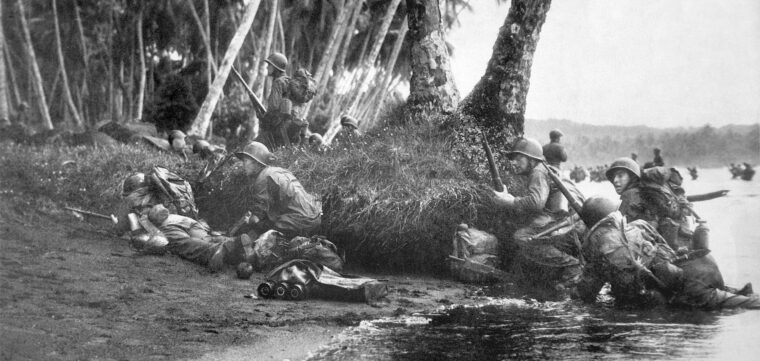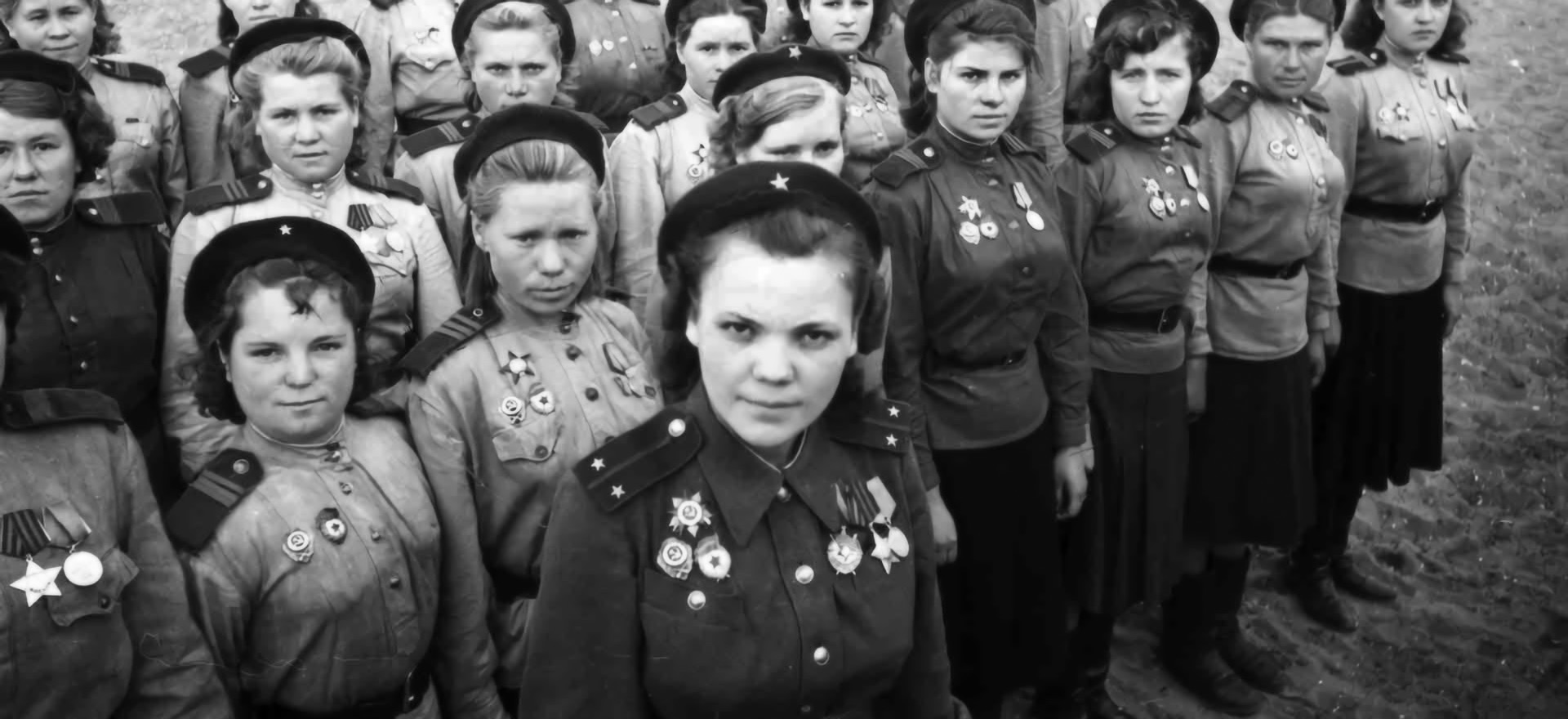
WWII
How “The Few” Saved Britain
By Mark SimmonsThe legend of 1940, “their finest hour,” has become almost considered fact in Britain. Many felt, as they saw it at the time, the Germans merely had to turn up on her shores for Britain’s defeat. Read more


